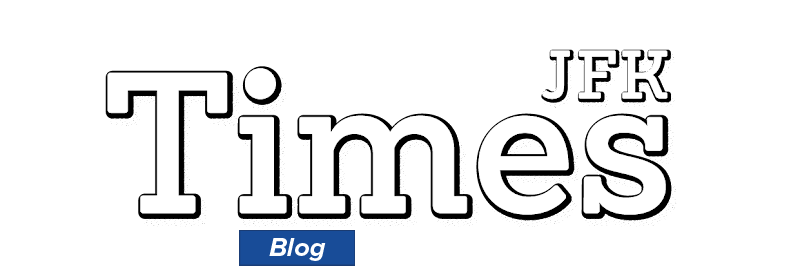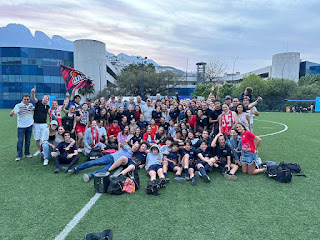Multicultural Roar: Diwali
Diwali, also known as Deepavali in Sanskrit, is India’s cherished “Festival of Lights” celebrated by Hindus, Jains, Sikhs, and Newar Buddhists, symbolizing the triumph of light over darkness, knowledge over ignorance, and good over evil. This ancient celebration coincides with the new moon in late October or early November when the sky is at its darkest, this year it falls on October 31 st . Diwali marks the end of the harvest season and the start of the Hindu New Year.
The
five-day festival unfolds with distinct rituals for each day:
- Dhanteras – Day of Fortune: This day brings luck and prosperity, with families often buying items of value like jewelry, cars, or anything metal, symbolizing wealth and good fortune.
- Naraka Chaturdashi – Removing Negativity: Early on day two, people cleanse and refresh by wearing new clothes and celebrating with family and friends. It marks the mythical slaying of the demon Narakasura, symbolizing the removal of evil.
- Diwali – Main Celebration: Diwali’s central day is when people honor Lakshmi, the goddess of wealth, and recall the story of Lord Rama’s victory over the demon Ravana. Candles are lit, and fireworks light up the night, illuminating homes and cities as the year’s most vibrant night.
- Annakut – New Year and Abundance: On this day, families bring food offerings to temples, often including sweets like gulab jamun, kheer, and barfi. This “mountain of food” celebration emphasizes gratitude and hope for prosperity in the new year.
- Bhai Dhooj – Sibling Appreciation: The final day is dedicated to celebrating sibling bonds, with brothers visiting sisters and exchanging gifts, honoring their family ties and mutual respect.
Diwali is a
sensory delight of lights, colors, and decorations. Homes, shops, and public
spaces glow with Diyas (oil lamps), and intricate Rangoli designs are crafted
from colored powders, rice, or flowers. During this period, people clean and
refresh their homes, purchase new items, and partake in festivities with friends
and family.
Millions
celebrate Diwali in India and worldwide, embracing it as a time of unity, joy,
and renewed hope.
So, if you
encounter friends from India, don’t hesitate to wish them “Happy Diwali” or
“Shubh Diwali” to join in their celebration!
Diwali, también conocido como Deepavali en sánscrito, o
“Festival de las Luces” de la India, celebrado por hindúes, jainistas, sijs y
budistas Newar, simboliza el triunfo de la luz sobre la oscuridad, el conocimiento
sobre la ignorancia y el bien sobre el mal. Esta antigua celebración coincide
con la luna nueva a finales de octubre o principios de noviembre, cuando el
cielo está más oscuro; este año será el 31 de octubre. Diwali marca el final de
la temporada de cosechas y el comienzo del Año Nuevo hindú.
El festival se desarrolla con rituales diferentes durante 5
días:
- Dhanteras – Día de la Fortuna: Este día atrae suerte y prosperidad; las familias suelen comprar artículos valiosos como joyas, autos o cualquier objeto de metal, simbolizando riqueza y buena fortuna.
- Naraka Chaturdashi – Eliminación de la Negatividad: En la mañana del segundo día, la gente se purifica usando ropa nueva y celebrando con familiares y amigos. Este día conmemora la mítica derrota del demonio Narakasura, simbolizando la eliminación del mal.
- Diwali – Celebración Principal: El día central de Diwali es cuando las personas honran a Lakshmi, la diosa de la riqueza, y recuerdan la historia de la victoria de Rama sobre el demonio Ravana. Se encienden velas y fuegos artificiales iluminan la noche, llenando de luz los hogares y las ciudades en la noche más vibrante del año.
- Annakut – Año Nuevo y Abundancia: En este día, las familias llevan ofrendas de comida a los templos, frecuentemente dulces como gulab jamun, kheer y barfi. Esta celebración de “montaña de comida” enfatiza la gratitud y la esperanza de prosperidad en el nuevo año.
- Bhai Dhooj – Apreciación entre Hermanos: El día final está dedicado a celebrar los lazos fraternos, en el que los hermanos visitan a sus hermanas y les dan regalos, honrando sus lazos familiares y el respeto mutuo.
Diwali es un deleite sensorial de luces, colores y
decoraciones. Hogares, tiendas y espacios públicos brillan con Diyas (lámparas
de aceite), y se crean complejos diseños de Rangoli con polvos de colores, arroz
o flores. Durante este tiempo, las personas limpian y renuevan sus hogares,
compran artículos nuevos y participan en festividades con amigos y familiares.
Millones de personas celebran Diwali en la India y en todo
el mundo, abrazándolo como un tiempo de unidad, alegría y esperanza renovada.
Así que, si te encuentras con amigos de la India, ¡no dudes en desearles “Happy
Diwali” o “Shubh Diwali” para unirte a su celebración!
Mónica Reims, Community Relations

.png)



Comments
Post a Comment